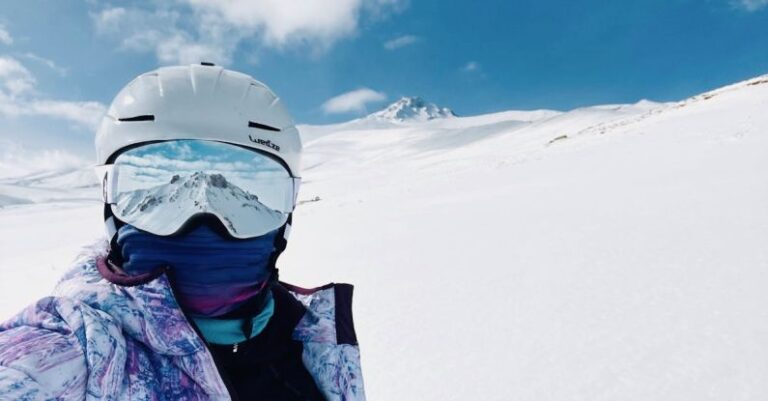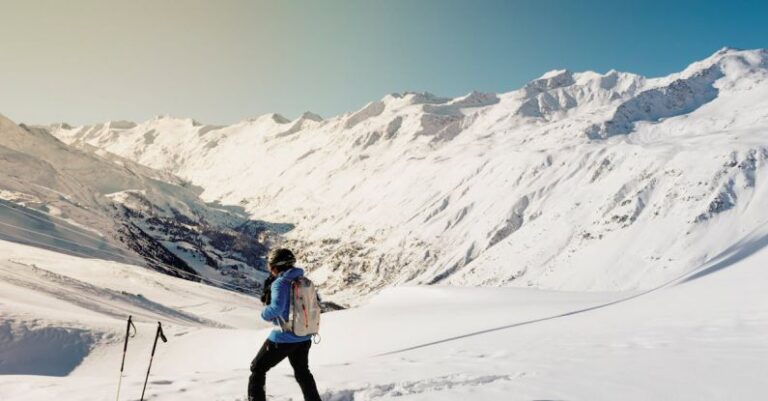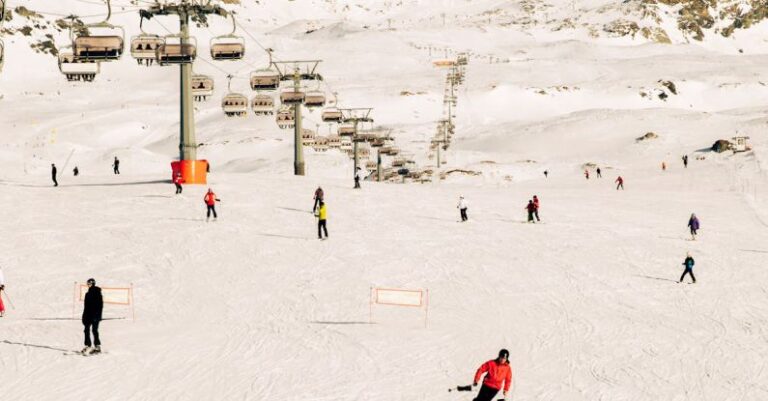
Beneath the serene beauty of snow-capped mountains lies a hidden danger that can strike without warning – avalanches. These powerful forces of nature can be triggered by various factors, such as snowpack instability, weather conditions, or human activity. The question that looms over every winter adventurer is, can you survive an avalanche?
Understanding Avalanche Dynamics
Avalanches are rapid flows of snow down a slope, often reaching speeds of over 80 miles per hour. They can occur on any slope given the right conditions, making them a constant threat in mountainous regions during the winter months. Avalanches are classified into different types based on their characteristics, including dry snow, wet snow, and slab avalanches.
Dry snow avalanches are composed of light, powdery snow and are typically triggered by a single disturbance, such as a skier or snowboarder. Wet snow avalanches, on the other hand, occur when the snowpack becomes saturated with water, often due to rising temperatures or rainfall. Slab avalanches are the most dangerous type and involve a cohesive layer of snow breaking loose from the surrounding snowpack.
Surviving an Avalanche
If you find yourself caught in an avalanche, quick thinking and proper preparation are key to increasing your chances of survival. Here are some essential tips to keep in mind:
– Stay on Top: As the avalanche begins, try to stay on top of the moving snow by “swimming” towards the surface. Keep your arms and legs moving in a breaststroke motion to prevent yourself from being buried.
– Create Space: If you are unable to stay on top of the avalanche, create an air pocket in front of your face by cupping your hands or clothing. This pocket of air will give you precious minutes to breathe while awaiting rescue.
– Deploy Your Gear: If you are wearing an avalanche airbag or carrying an avalanche beacon, deploy them immediately. These tools can help rescuers locate you more quickly and increase your chances of survival.
– Fight for Air: If you are buried under the snow, try to create a space around your face to allow for airflow. Avoid panicking and conserve your energy while waiting for rescue.
– Signal for Help: If you are able to move and make noise, do so to alert rescuers to your location. Yell, blow a whistle, or use any available means to attract attention.
Safety Measures to Prevent Avalanches
While surviving an avalanche is possible, prevention is always the best course of action. Here are some safety measures you can take to reduce the risk of triggering an avalanche:
– Check Avalanche Forecasts: Before heading into avalanche-prone terrain, check the local avalanche forecast to assess the current risk level. Avoid high-risk areas when the danger is elevated.
– Travel in Groups: Always travel with a partner or group when venturing into avalanche terrain. This way, you can assist each other in case of an emergency and increase the chances of a successful rescue.
– Carry Essential Gear: Always carry essential avalanche safety gear, including a beacon, shovel, probe, and airbag. Practice using this equipment regularly to ensure you can deploy it quickly in an emergency.
– Take an Avalanche Safety Course: Consider taking an avalanche safety course to learn how to assess terrain, recognize avalanche conditions, and perform rescue techniques. Education is key to staying safe in the backcountry.
In conclusion,
The question remains, can you survive an avalanche? While the outcome of an avalanche is unpredictable, being prepared and knowledgeable about avalanche safety can significantly increase your chances of survival. By understanding avalanche dynamics, knowing how to react in an emergency, and taking preventive measures, you can enjoy the winter wonderland of the mountains while minimizing the risks associated with avalanches. Remember, when it comes to avalanches, safety should always be your top priority.





